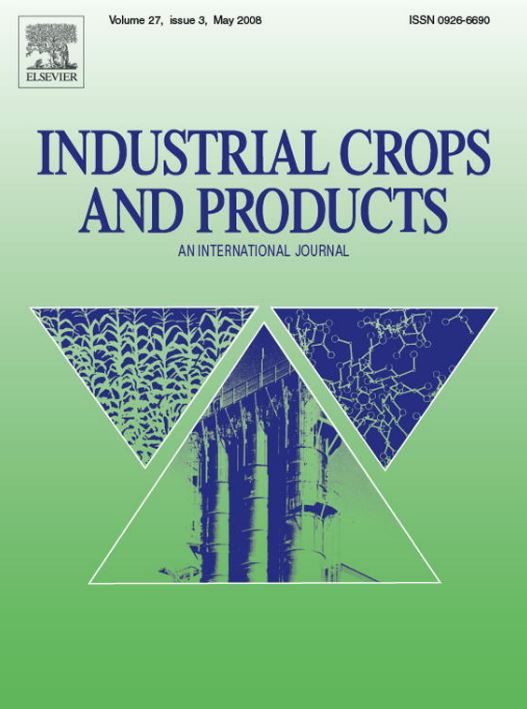Abstract
Hemp (Cannabis sativa L.), one of the earliest domesticated crops, has diverse applications in textiles, construction, nutrition, and medicine. Breeding advancements, including speed breeding, accelerate genetic improvements in crops by optimizing environmental conditions for reduced generation times. This study employed greenhouse and field experiments to develop a proprietary yellow-stemmed hemp germplasm with a unique stem trait. Initial crossbreeding between the late Eletta Campana (medium green stems) and the early Chamaeleon (yellow stems) demonstrated the recessive monogenic inheritance of the yellow-stem trait and fast and safe stabilization even in the case of parent varieties with different flowering times. Controlled flowering in the case of photoperiod-sensitive genotypes, manual pollination, and successive backcrossing stabilized the yellow-stem trait over six cycles, with 100% trait consistency achieved by the fifth cycle within just 12 months in total. Open-field trials validated greenhouse results, showing strong correlations between visual stem color assessments and visible atmospherically resistant index (VARI) obtained through remote sensing imagery. Cannabinoid analyses indicated significant reductions in tetrahydrocannabinol (THC) content while maintaining optimal cannabidiol (CBD) levels. Accumulated growing degree days (GDDs) optimized flowering and maturity, ensuring consistency in phenological traits. This research highlights the utility of speed breeding and chemical analysis to accelerate trait stabilization and improve industrial hemp’s agronomic potential for fiber and CBD production while adhering to regulatory THC limits.




